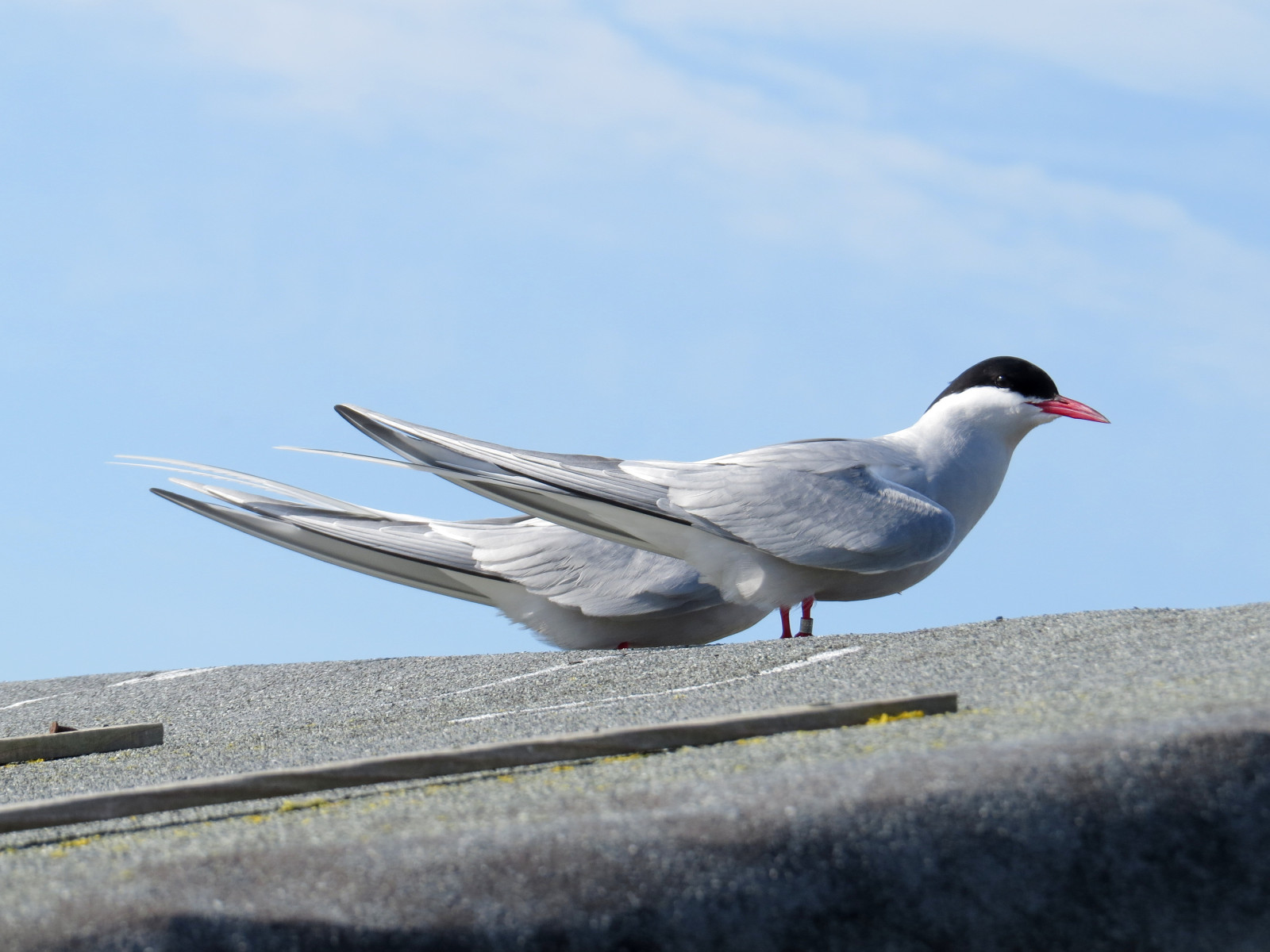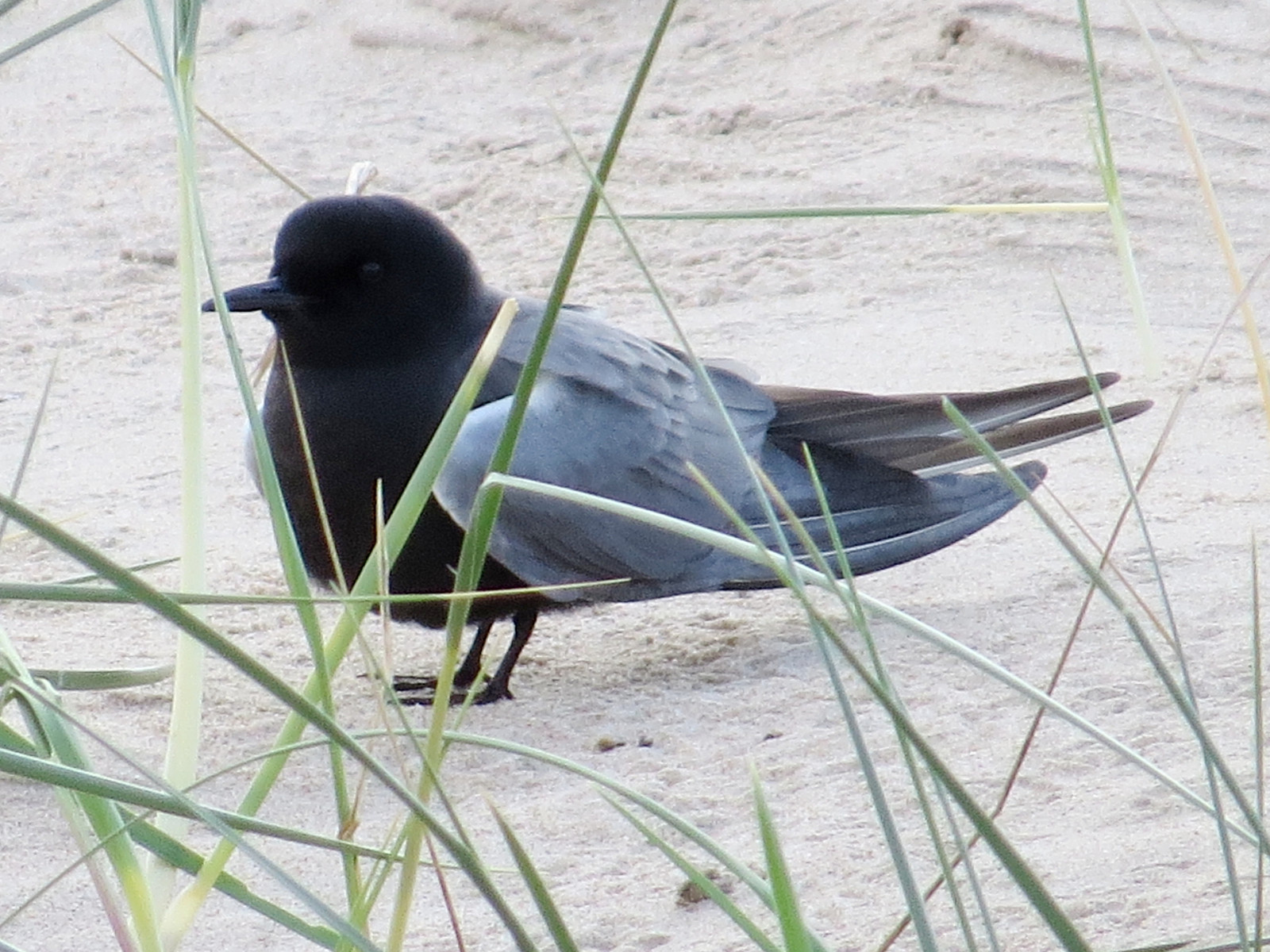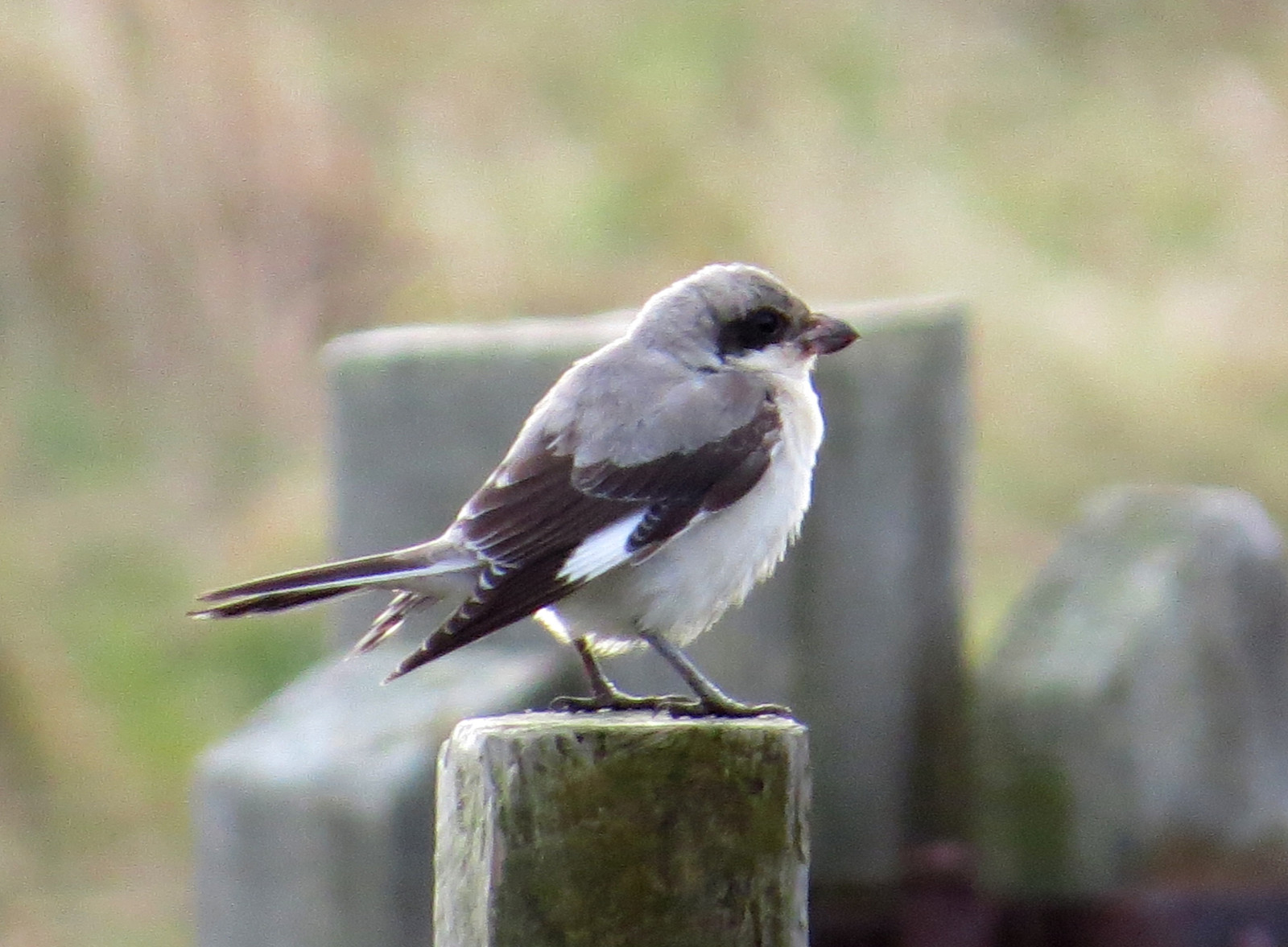Descripción
The Long Nanny is notable for its important tern colony on the beach, and for waders using the estuary. In recent years, 1,000-2,000 pairs of Charrán ártico and 30-40 pairs of Charrancito Común have bred, and since 2020, a single Fumarel Común of the American subspecies 'Chlidonias niger surinamensis' has spent its summers at the colony, attracting considerable interest; it has returned in 2025. Charrán Rosado and Charrán Patinegro also visit the colony regularly, but do not breed.
The tern colony is wardened round the clock in summer. Birders are welcome to visit the wardens' hut, where the terns can be seen at close range. The dunes hold breeding Tarabilla común and Bisbita Pratense, and have good numbers of passage Collalba Gris and other migrants. In winter, the saltmarsh often holds a Pardillo Piquigualdo flock, which can also attract occasional Alondra Cornuda and Escribano Nival. Brackish water channels in the saltmarsh attract breeding Tarro Blanco and a good range of passage waders such as Zarapito Real and Zarapito Trinador. Many rarer species have been recorded, including Andarríos del Terek, Archibebe Patigualdo Chico, Alcaudón Chico (2 records!), Terrera Común, and Bisbita de Richard.
Detalles
Accesso
The site is a fairly long walk (about 2 km) from the nearest parking. There is no shelter, and no visitor facilities, so come prepared for both sunburn and bad weather! Most of the walk is easy, but some parts (particularly the final 300 m to the wardens' hut viewpoint) are narrow and loose sand. Parking is available at High Newton to the south (£), and Beadnell to the north (free up to 1 hour, then £). Click on a P in the map for directions. Bus X18 (Newcastle-Berwick) to Beadnell, about 2.5 km. The coastal path is open to cycles, but heavy going through loose sand in places; likewise, difficult for wheelchairs and all-terrain mobility scooters (and the path to the wardens' hut not accessible). It is important to stick to the paths; do not cross the ropes protecting the tern colony.
Terreno y habitat
Humedal , Llanura , Playa , Pisos de barro , Agricultura , Árboles y arbustos dispersos , Pradera , Río , Mar , DunasCondiciones
Plano , Arenoso , Sin sombra , Montañoso , Nivel del agua alto probable , Paisaje abierto , SecoCamino circular
No¿Se necesita telescopio?
Puede ser útilBuena época para el avistamiento de aves
Primavera , VeranoMejor momento para visitar
Migración de primavera , Verano , OtoñoRuta
Camino ancho , Camino estrechoCamino difícil de andar
AgotadorAccesible vía
A pieEscondite de observación / plataforma
SíInformación extra
If visiting during the breeding season, please share your sightings with the wardens! They will be happy to help you find other birds in return.



